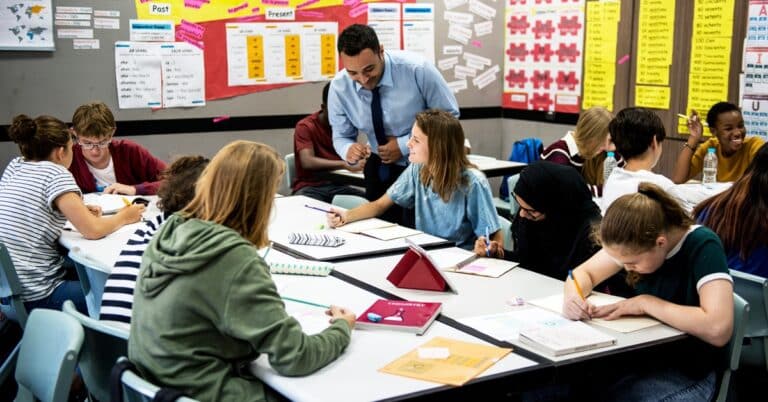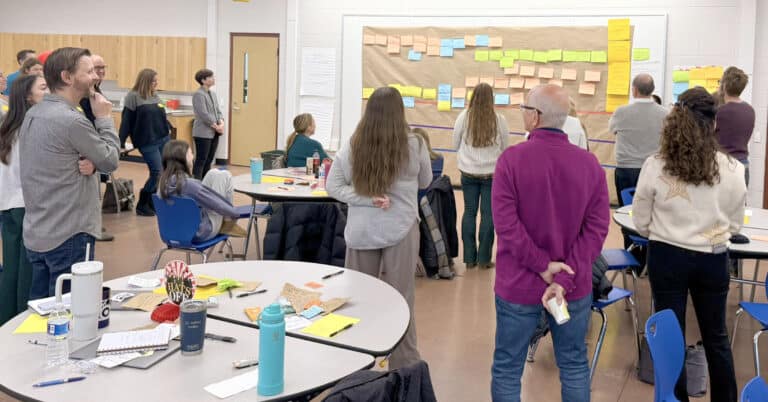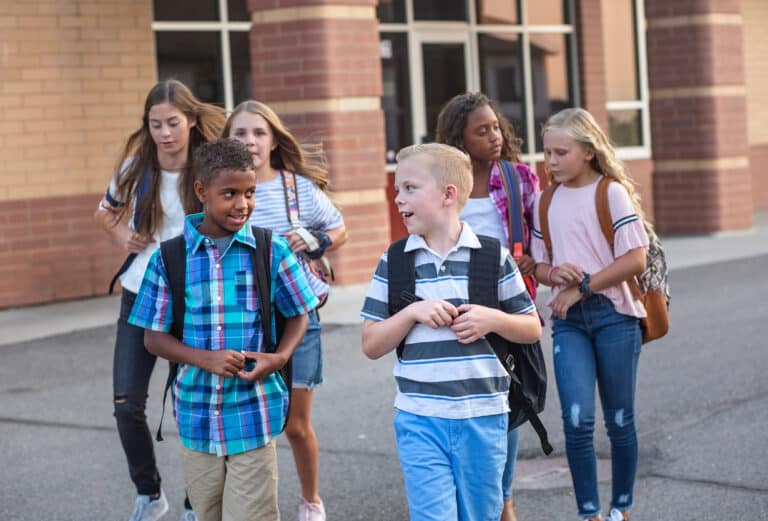When a 17-year-old student came into the North Dakota Youth Correctional Center (YCC) needing only a few more credits to graduate, three of the six periods in the day were devoted to fulfilling his social studies requirement.
“My main struggle was that I had the three history classes at the end of the day. History is my favorite subject, but it was a lot of stuff I knew already,” he said. “I have ADHD, and I didn’t like sitting for three hours. I haven’t really been a big fan of school since I was a little kid, so I figured I’d give up.”
But then he learned about a new option for earning a diploma in North Dakota. By studying for and then taking the GED tests in the subject areas where they need credit, North Dakota students have the opportunity to earn their high school diploma rather than their GED.
For YCC, it was a “seamless” process to make this option available to their learners because of the support of their school board and the nature of their campus, which includes an adult learning center.
“We screen the students to see if they’re a good fit,” said Michelle Pfaff, director of education with YCC, who highlights that this particular student was a good fit because there were only two subjects where he required additional time: English language arts and social studies. “Because he already knew a lot of the information, we weren’t going to work on those areas. We focused on the areas he knew less about for his test preparation.”
Building the student’s learning experiences around what he already knew and going from there meant that instead of spending three hours at the end of his day covering a subject, he had the opportunity to be more self-paced and grow his knowledge where he needed to, including test-taking strategies.
And that pace? It took him less than a month to prepare for and take the tests.
“It made me feel like good, because what was covered in the tests was new to me. Being able to learn that and do that was good,” he said of earning his diploma in this way. “I’m done with that part of my life now. I’m glad I didn’t give up.”
According to Pfaff, this option is “a way to recapture some of the students that schools might be losing to drop-outs,” for students whose attendance has suffered or who need a different way to reach graduation day. Pfaff hopes that other school districts can see the benefit in partnering with the adult learning centers within their communities or even with neighboring communities to see some of the success that students like hers have had.
Now that he has his diploma, he’s thinking about his future: two years at a community college before going on to pursue his teaching degree.
“I want to make sure that I shape my classes to the different needs of different students. Some teachers have done that, that I’ve met, and I really liked that because I’ve struggled to pay attention, with my ADHD. Sometimes it’s been a struggle to learn,” he said. “I want to help kids that struggle with learning. And also help the kids that don’t have a problem with learning – but make it more fun for them.”
Student data is about more than just achievement. We need to capture evidence of meaningful, relevant learning experiences, too.
This was written by former Senior Manager of Communications Jillian Kuhlmann.





